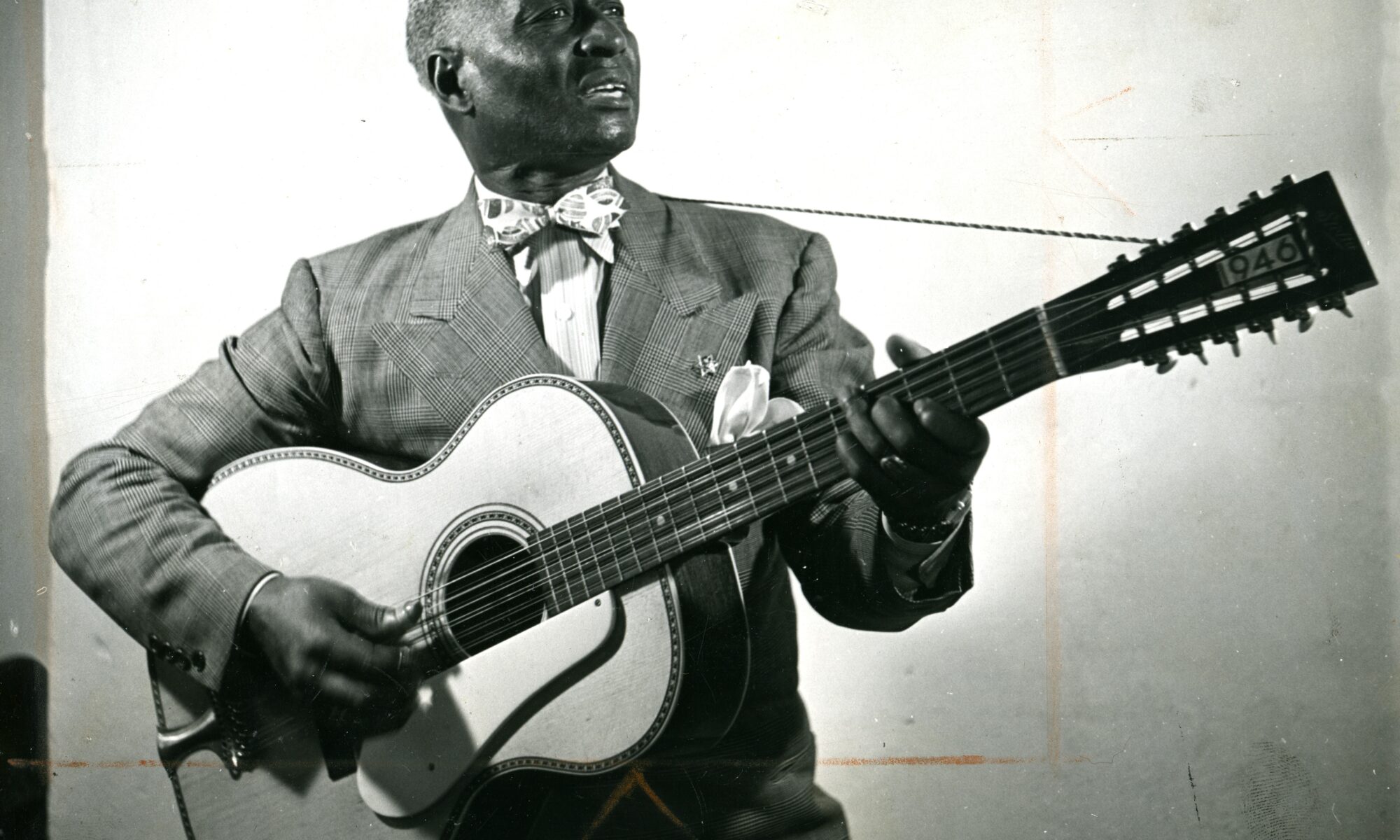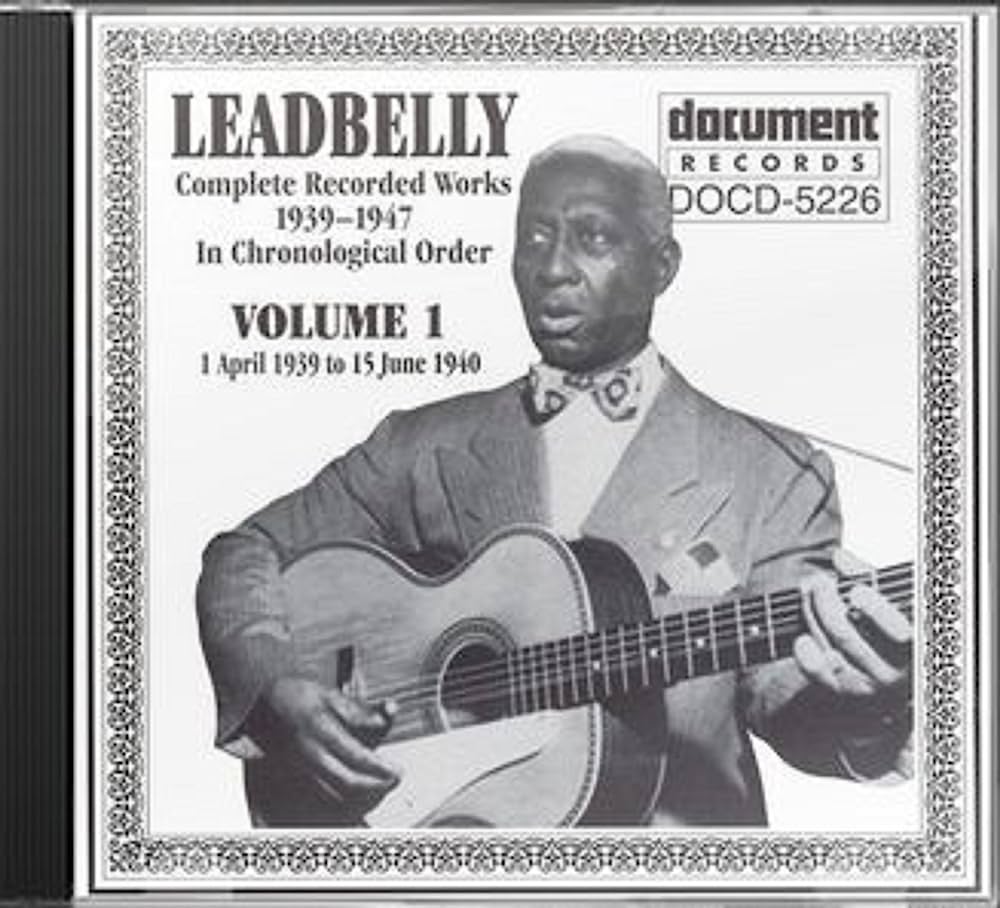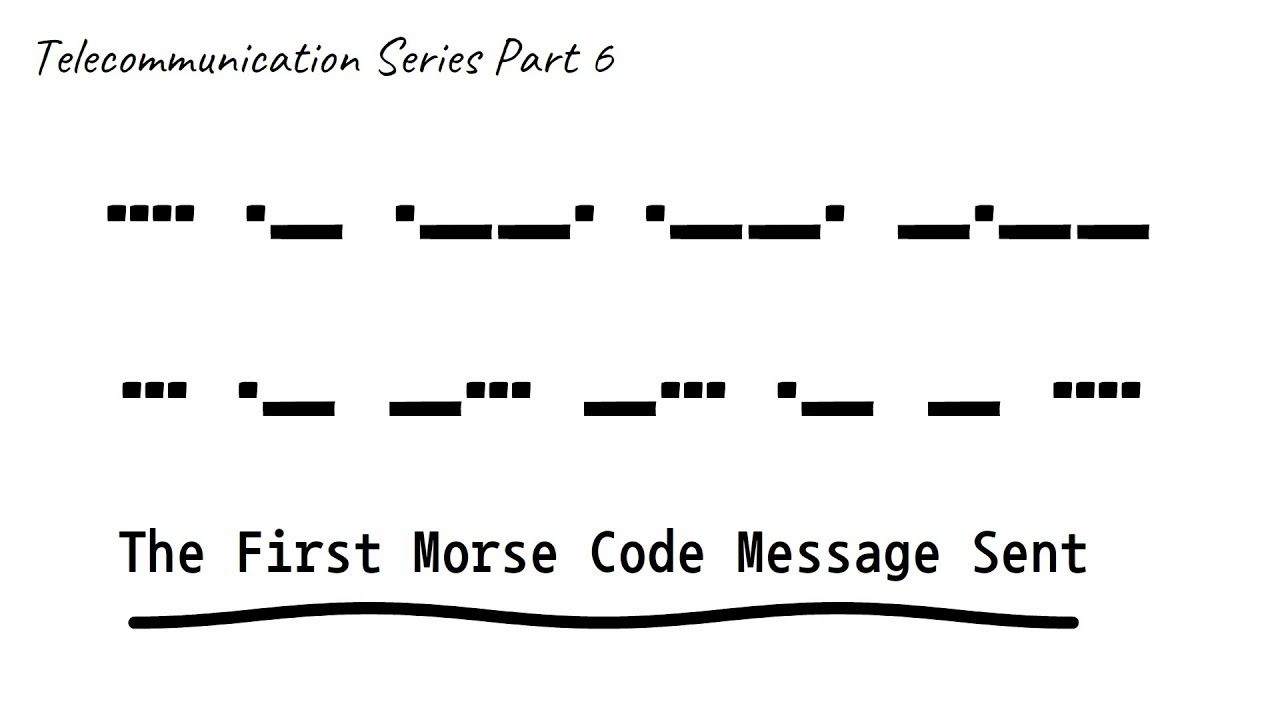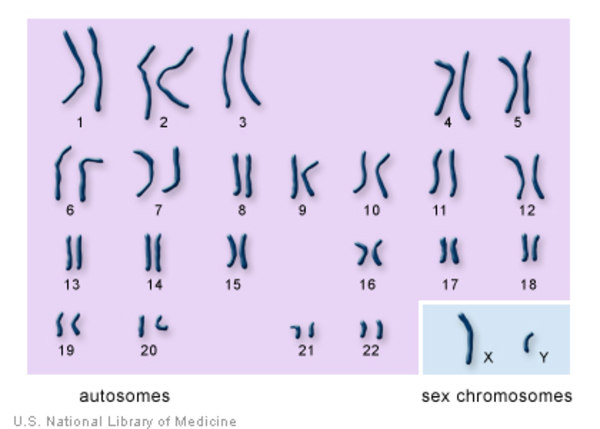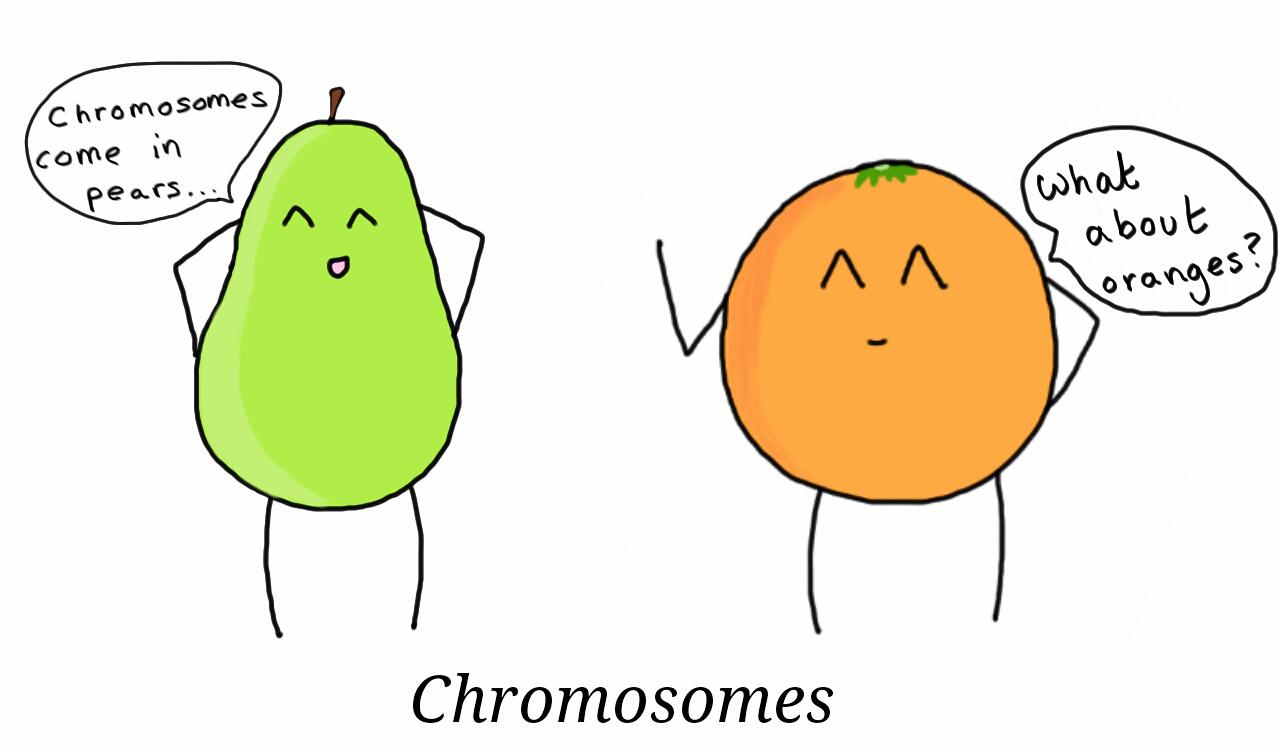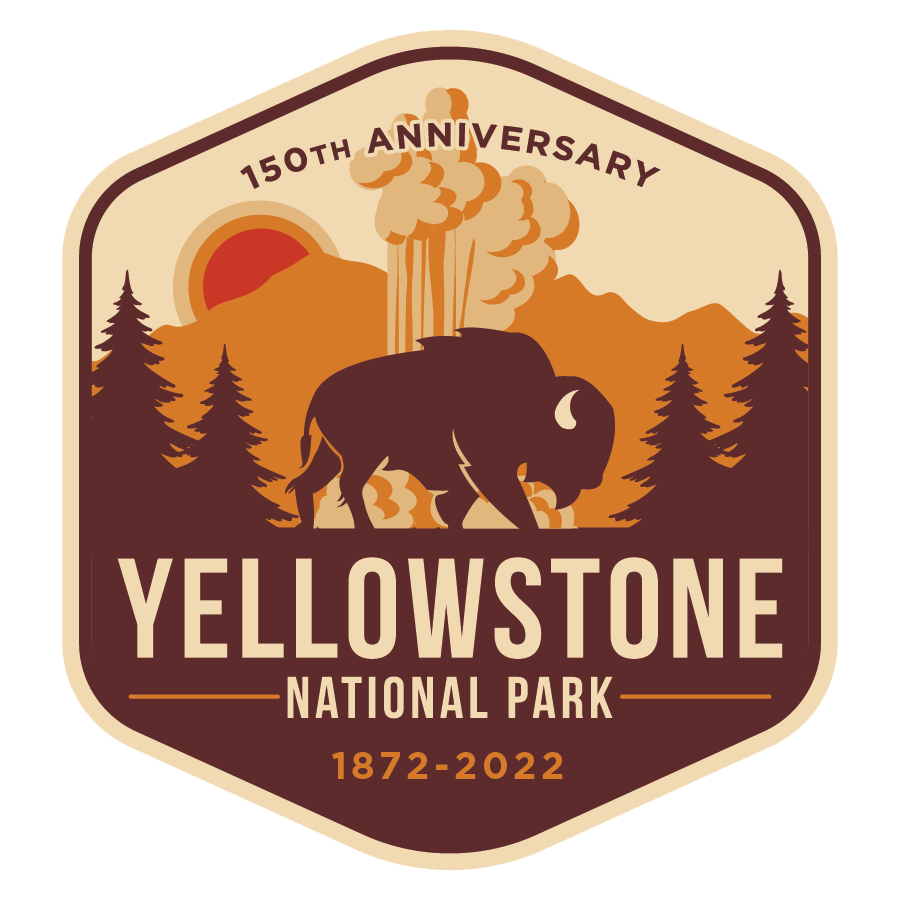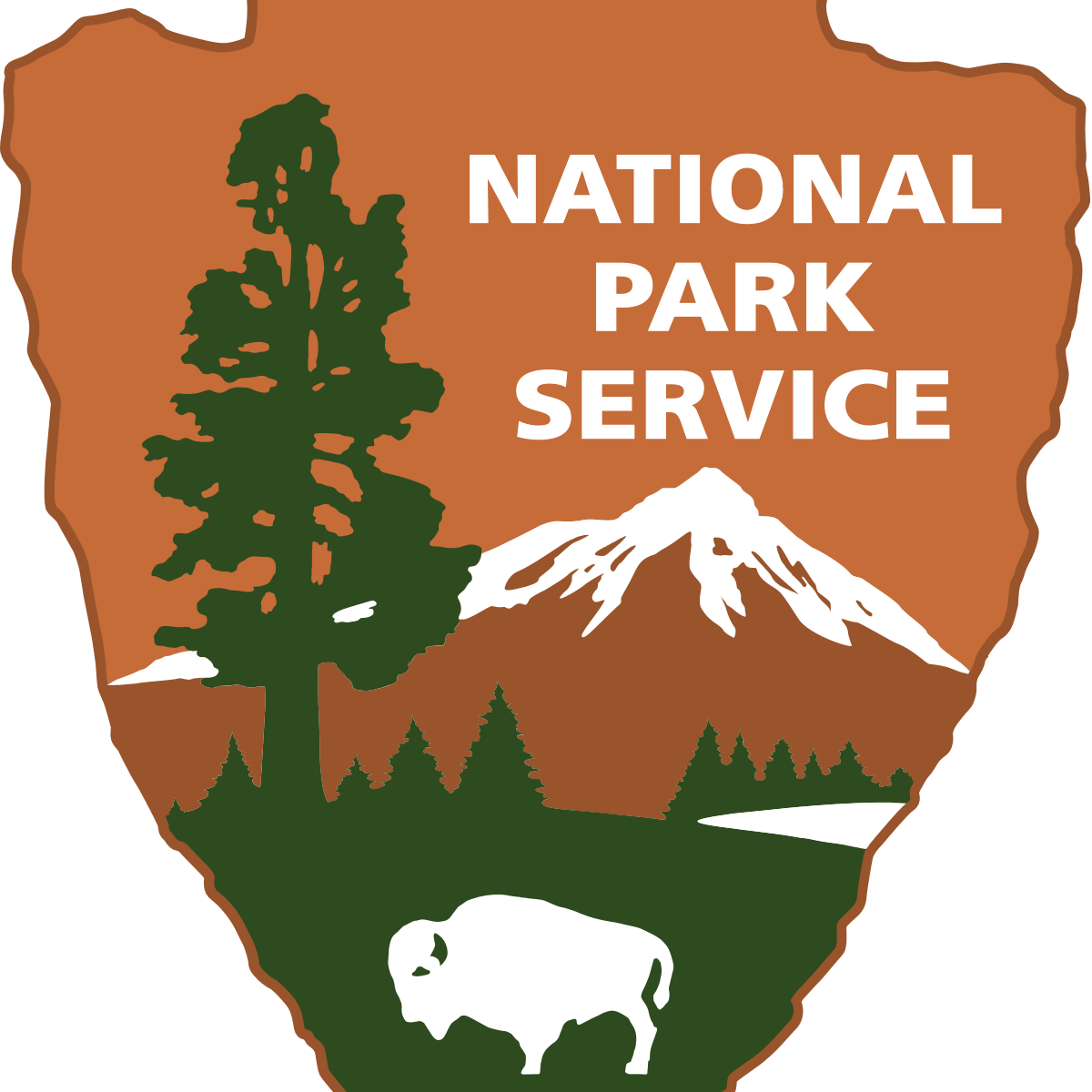The legendary folk and blues musician who came to be known as “Leadbelly” (although he wrote his stage name as “Lead Belly,” was born in 1988 as Huddie William Ledbetter in January 1888. Most often playing his twelve-string guitar, he also played the piano, mandolin, harmonica and even the violin. Having died in 1949, he was inducted posthumously into the Rock and Roll Hall of Fame and the Louisiana Music Hall of Fame.
Some additional trivia for those who like to mix music and politics: A recording of his remarks for The Smithsonian Folkways Collection explaining why he wrote the song “Scottsboro Boys” (about 9 African American men falsely accused of raping two white women in Alabama in 1931), may be the first recorded use of the term “woke.” In the recording he tells the listeners they “Best stay woke!”
Lead Belly
What was the blues singer “Leadbelly’s” real name?
What’s Wrought?
The very first message sent by Morse code was “What hath God wrought?”
Morse gave credit to Annie Ellsworth, the daughter of a friend, for suggesting the quote which she found in the Bible (Numbers 23:23).
Morse sent the message from the Supreme Court room in the United States’ Capitol building in Washington, D.C. to Alfred Vail, his assistant, in Baltimore.
Morse code today is different from the code originally developed by Vail and Morse. The Modern International Morse code, is derived from the code created by Friedrich Clemens Gerke in 1848 and with some minor changes, was adopted as the standard at the International Telegraphy Congress in 1865 in Paris and later by the International Telecommunication Union.
Dot’s Nice; Dash is Also Nice!
What was the first message sent by Morse code, a communications language created by Samuel Morse and Alfred Vail, originally to be used with the telegraph.
Morse code was the earliest form of digital communications, since the on and off code is equivalent to “on” and “off” and until voice communication was perfected, was the only way to quickly transmit messages over long distances.
The Haploids vs the Diploids
Human cells normally have 46 chromosomes, based on 23 pairs – one from each parent. 22 of the pairs are called autosomes – they look the same in both males and females, while the 23rd pair (referred to as the sex chromosomes) differs between males and females. Females have two copies of the X chromosome, while males have one X and one Y chromosome.
The animal with the fewest chromosomes is the Australian Jack Jumper Ant (Myrmecia pilosula) that has only one chromosome in the male of the species, while the female has two. When an organism has only a single set of chromosomes it is referred to as being “haploid” while organisms with two sets are “diploid.”
The mammal with the smallest number of chromosomes is the Indian muntjac (Muntiacus muntjak), a species of deer native to Southeast Asia in which the female has 7 and the male 6 chromosomes.
Chromosome Count
How many chromosomes are normally in each human a cell?
Switzerland
In 1819, Francois-Louis Cailler developed the recipe that transforms cocoa beans into a chocolate bar and Rudolph Lindt, also Swiss, eventually perfected the process by adding cocoa butter. By the late 1860s, Jean Tobler formulated the Toblerone bar and in 1875 Daniel Peter combined cocoa powder with milk, creating milk chocolate. Henri Nestlé formed the Swiss Chocolate Society, which we now know as the Nestlé company.
Although there are larger countries whose population in the aggregate consume more chocolate, Switzerland is the country where on average, each Swiss citizen or resident eats more than 23 pounds of chocolate every year – the most of any country in the world on a per capita basis.
Curiously, and without implying there is any bias or favoritism, The New England Journal of Medicine once published a research study correlating chocolate consumption with the number of Nobel Prizes won by its citizens. According to the study, Switzerland comes in second, only behind Sweden, in Nobel prize winning laureates on a per capita.
How sweet is that?
Chocolate Lovers
Which country consumes the most chocolate per capita?
Yellowstone National Park
The oldest national park in the United States is Yellowstone National Park, located mostly in northwestern Wyoming and partially in Montana and Idaho. Established by legislation passed by the U.S. Congress and signed by President Ulysses S. Grant on March 1, 1872, it is widely considered the first national park in the world
(Note: some have indicated there is evidence that Bogd Khan Mountain National Park in Mongolia was first dating back to 1778).
The United States has 63 national parks, all operated by the National Park Service, which is an agency of the U.S. Department of the Interior, and California has the largest number (9) of any state in the United States.
National Parks
What was America’s (and actually the world’s) first national park?


